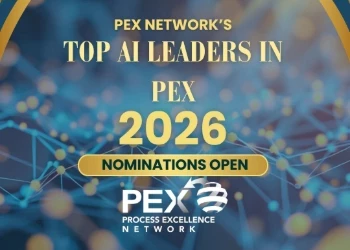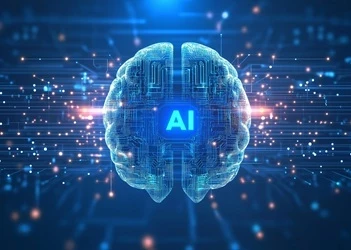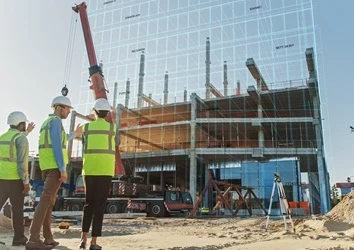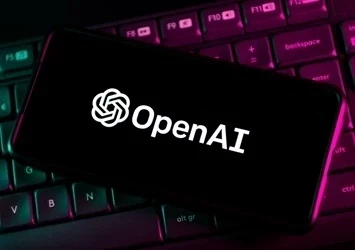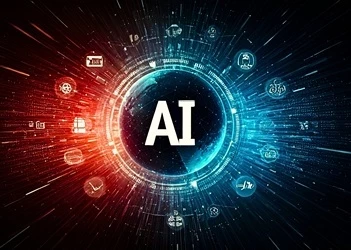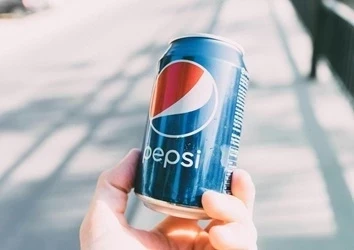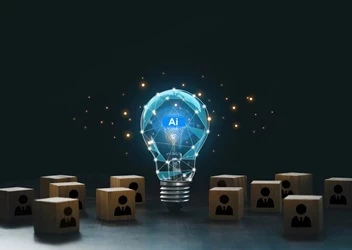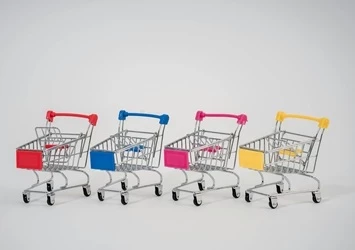8 ways AI is driving operational excellence
Eight real-world examples of how AI is driving operational excellence
Add bookmark
Thanks to global disruptions to the economy, supply chains and geopolitics, operational excellence (OPEX) initiatives have gained renewed significance to help businesses navigate inflation rises and the need for efficiency. Artificial intelligence (AI) and emergent generative AI solutions are enhancing these initiatives, although figures show it is still early days for these advanced technologies.
According to PEX Network’s 2024 Global State of Process Excellence survey, 35 percent of respondents plan to use AI this year, while the majority of executives interviewed have yet to start using it in their organizations. For those who have, the top areas of deployment are in operations (27 percent), customer service (24 percent) and data processing (22 percent).
We take a look at some real-world examples of how AI is already driving OPEX.
Join the PEX Network community

Don't miss any news, updates or insider tips from PEX Network by getting them delivered to your inbox. Sign up to our newsletter and join our community of experts.
Learn More1. Vodafone’s digital twin is improving business processes
Telecommunications company Vodafone has used AI and advanced analytics to build a digital twin of its internal support processes. By doing this, it can use predictive models to forecast future demand and improve response times to enquiries.
The company has created a new data platform with Google Cloud, enabling it to process and move huge volumes of data. This added capacity makes it possible to analyze much larger quantities of data than before, increase network capacity when demand rises and use machine learning to predict, detect and fix issues before they occur.
2. BT Group is reducing costs by automating procurement
Another giant of telecommunications, BT Group, is using AI to help source suppliers. In 2023, BT buyers placed more than 400 projects on an AI-sourcing platform from Globality, enabling it to automate admin-heavy tasks and reduce go-to-market time.
A generative AI interface helps the buyer get to productivity quicker using natural language processing (NLP) technology. This asks relevant questions to understand the buyer’s intent and scope out requirements.
Cyril Pourrat, BT Group’s overall chief procurement officer, has said that the use of this technology is delivering consistent savings.
3. Schneider Electric saves time with automation
Energy and technology company Schneider Electric uses robotic process automation (RPA) to reduce the workload of staff. Previously, dedicated staff members at one of the company’s industrial sites had to prepare and print specific documents for operators tasked with installing electrical switchboards at client premises. This time-consuming preparation involved compiling the manufacturing specifications of switchboards and labels identifying electrical circuits, and provided no added value.
Now an autonomous robot prepares these documents, freeing up at least two employees to work on more complex tasks.
Read more: What is intelligent automation?
4. Bristol Myers Squibb applies AI to drug discovery and development
Bristol Myers Squibb (BMS) partnered with Owkin in 2022 to use the firm’s AI solutions to research treatments for cardiovascular diseases. Using AI and machine learning, it can predict early estimates for the success rates of phase 1 and 2 clinical trials. These insights then inform the next phase of trials, as well as helping with recruitment to the most suitable pool of patient populations.
The analysis Owkin’s AI can provide is also helping BMS develop biomarker models for different patients to see how well they respond to treatment.
5. Maersk is digitizing its supply chain with AI
Shipping and logistics group Maersk is so confident in the power of AI that it is working towards the goal of ‘zero touch logistics’ which will see the digitization of almost every part of the supply chain.
In practice, it is aiming to reduce the number of humans involved in the supply chain by up to 80 percent over the next five to seven years. Maersk currently uses AI to calculate the shortest transportation routes, but it has also begun using ChatGPT to streamline contract negotiations with suppliers and has robotic solutions at its UK warehouses to help with sorting and pickup of inventory.
6. Waitrose is personalizing online shopping
UK supermarket Waitrose is using AI to improve its online shopping experience. The behind-the-scenes AI learns from customers’ online behavior and purchasing patterns to provide a more personalized service to customers by making it easier and quicker to find relevant items.
It is also enabling Waitrose to better understand search terms; for instance, if a customer types in ‘teetotal’ in the search box the results quickly display available alcohol-free drinks.
Read more: 7 ways companies are using generative AI in customer experience
7. Sevilla FC is using AI for talent scouting
Using IBM’s generative AI, Spanish soccer (European football) club Sevilla FC has improved its process of recruiting players. With a tool built on NLP models and using language prompts that describe the key characteristics of the players searched, the AI generates curated lists of candidates that includes quantitative data such as height and weight, speed, number of goals and minutes played.
Traditionally, player recruitment has relied on subjective human observation and manual data analysis, both time consuming endeavors. The benefits provided by generative AI have led Sevilla FC president, José María del Nido Carrasco, to label it a ”game-changer” for the club.
8. Toshiba’s Lean approach uses predictive analytics
Reducing downtime and costs due to equipment failure is a key pillar of the Lean methodology in manufacturing, and Toshiba’s approach to this is through predictive maintenance. Using data analytics and machine-learning algorithms powered by AI, Toshiba can identify anomalies that could lead to equipment failures.
By analyzing this data in real-time, the company schedules maintenance before a failure occurs, reducing maintenance costs and the possibility of downtime. This also helps extend the lifespan of equipment, cutting both operational costs and energy consumption.
Accelerating business transformation with bespoke solutions on ServiceNow App Engine
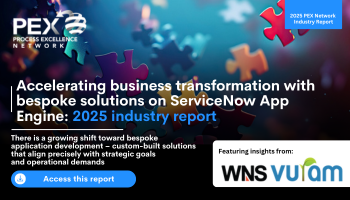
Today, off-the-shelf software solutions offer diverse features that enable vast opportunities to implement and maintain business transformation. However, in some circumstances, capabilities lack the flexibility and specificity required to address the unique challenges and workflows of individual organizations. As a result, there is a growing shift toward bespoke application development – custom-built solutions that align precisely with strategic goals and operational demands.
Download this report to explore how enterprises can harness the power of custom applications to drive meaningful transformation. With the growing adoption of low-code platforms like ServiceNow App Engine, organizations are building custom applications faster and with greater control. By empowering both IT professionals and citizen developers to build tailored solutions, organizations can significantly reduce time to value while maintaining control over quality and compliance.
Download Now
